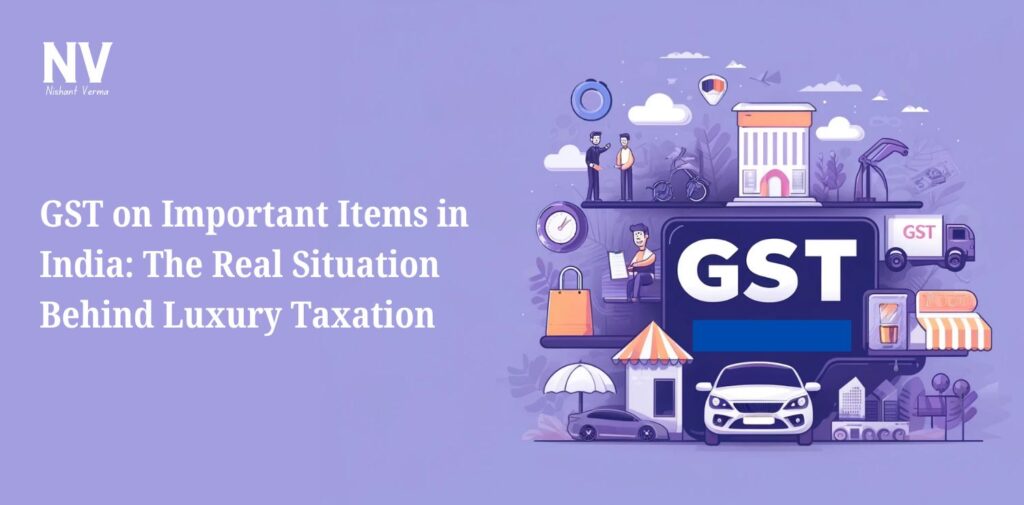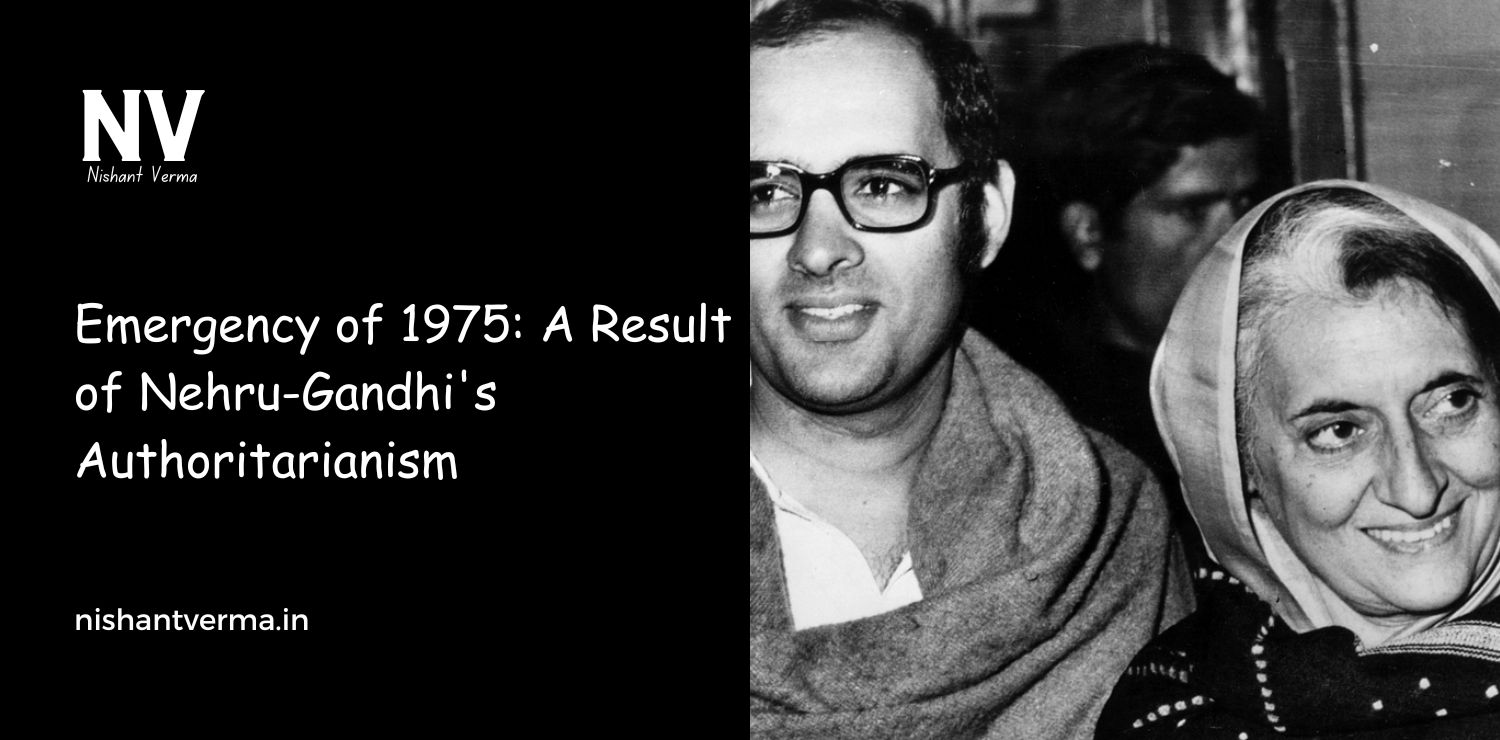The Goods and Services Tax (GST), introduced in India in 2017, was hailed as a landmark reform, streamlining the taxation system by consolidating various indirect taxes into one. However, the categorization of certain essential goods under higher GST slabs has sparked debate and concern among citizens. GST on Important Items such as mineral water, health insurance, cement, and motorcycles are taxed at rates as high as 18% to 28%, raising questions about the government’s perspective on what constitutes a “luxury.” This article delves into the reality of these goods and whether their categorization as luxury items reflects the actual situation of India’s socio-economic fabric.
The GST Structure and Its Rationale
India’s GST system is divided into four main tax slabs: 5%, 12%, 18%, and 28%, with the 28% slab being the highest, traditionally meant for luxury or non-essential items. The rationale behind this structure is to ensure that essential goods are taxed minimally, while non-essential or luxury items bear a higher tax burden. However, what constitutes luxury in the Indian context may not align with the lived reality of many citizens. For instance, basic needs like healthcare, education, and infrastructure are cornerstones of a society’s growth, yet some items associated with these areas are taxed heavily.
Mineral Water – A Necessity or a Luxury?
Mineral water, a product that has become synonymous with safe drinking water in India, attracts a GST rate of 18%. For many Indians, particularly those in urban areas or regions where tap water is unsafe, bottled water is not just a convenience but a necessity. The World Health Organization (WHO) estimates that over 2 billion people worldwide lack access to safely managed drinking water. In India, waterborne diseases are rampant, making bottled or purified water a crucial product for health and survival.

Despite this, mineral water is classified under the 18% GST slab, treating it as a luxury. The assumption here is that clean drinking water is accessible to all, which, in reality, is far from the truth. While the government promotes schemes like “Har Ghar Jal,” aimed at providing piped drinking water to rural households, the ground reality is that access to safe water remains uneven across the country. In such a scenario, levying a high tax on something as fundamental as drinking water could be seen as penalizing those who are forced to buy bottled water for safety reasons.
Health Insurance – A Crucial Need, Not a Privilege
The fact that health insurance attracts an 18% GST rate is another point of contention. Health insurance is not a luxury but a necessity, especially in a country like India, where out-of-pocket healthcare expenses can drive families into debt. With a population of over 1.4 billion, access to affordable healthcare is a significant challenge. According to the National Health Profile 2019, out-of-pocket expenditure constitutes about 65% of the total health expenditure in India, one of the highest in the world.
Given this context, health insurance is a critical tool for financial protection. The COVID-19 pandemic has only reinforced the importance of having a robust health insurance system. Yet, despite its essential nature, the government treats health insurance as a luxury product, imposing an 18% GST. This not only raises the cost of insurance premiums but also discourages low-income families from investing in it. In a country where universal healthcare is still a distant dream, making health insurance more expensive seems counterproductive to the goal of improving public health.
Cement – Building the Nation or Breaking the Back of the Poor?
Cement, a fundamental material in the construction industry, is taxed at 28% under GST, the same rate as luxury items like cars and high-end electronics. The construction industry is vital for India’s economic growth, providing employment to millions and driving infrastructure development. For individuals aspiring to build their homes, particularly in rural and semi-urban areas, the high cost of cement becomes a significant financial burden.
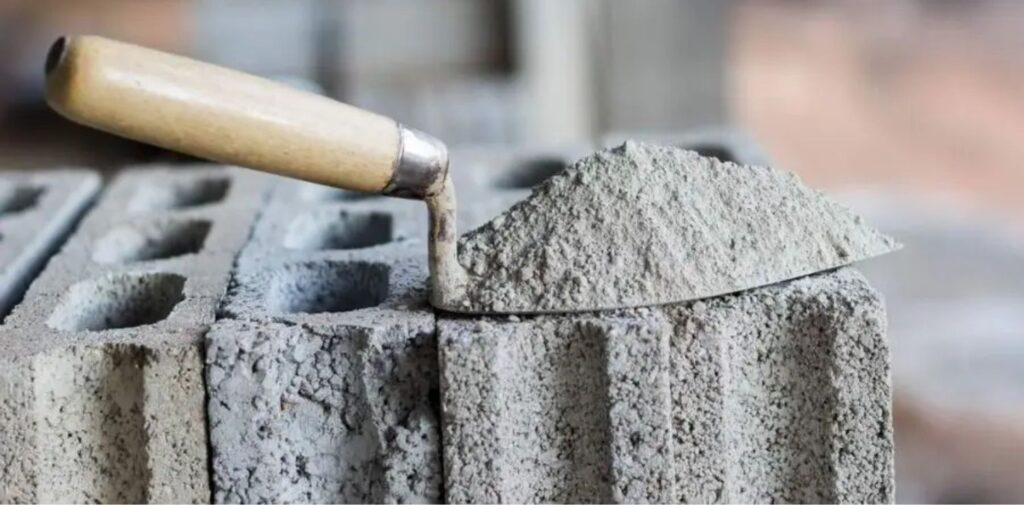
India’s push for affordable housing under the “Pradhan Mantri Awas Yojana” aims to provide homes for all. However, the high GST rate on cement makes this goal harder to achieve. When the cost of construction materials like cement is high, it trickles down to the overall cost of housing, making it less affordable for low-income families. The government’s policy seems contradictory—on the one hand, it promotes affordable housing, while on the other, it imposes heavy taxes on essential materials like cement, treating them as luxury items.
Motorcycles – A Vehicle of the Common Man or a Luxury?
Motorcycles are taxed at a rate of 28% under GST, putting them in the same category as luxury cars and SUVs. For many Indians, particularly in rural and semi-urban areas, motorcycles are not a luxury but a primary mode of transport. With inadequate public transportation infrastructure in many parts of the country, motorcycles offer an affordable and convenient way to commute, not just for personal travel but also for small business owners and delivery workers.
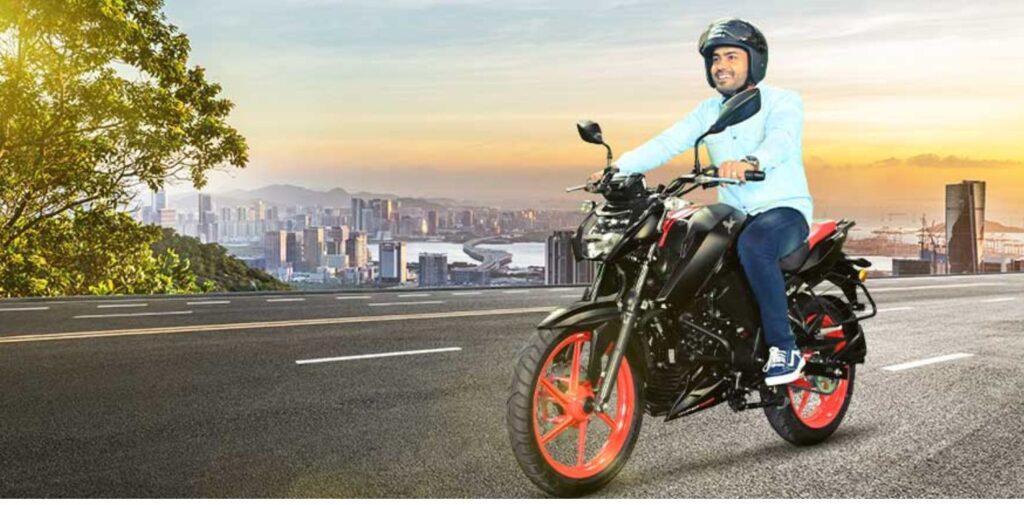
According to a report by the Society of Indian Automobile Manufacturers (SIAM), two-wheelers constitute over 80% of the total vehicle sales in India. This highlights their importance as a common man’s vehicle. Yet, by imposing a 28% GST on motorcycles, the government seems to categorize them as luxury items, which is far from the reality. High taxes on motorcycles increase their cost, making them less accessible to those who rely on them for daily transportation and livelihood.
Luxury or Essential: A Question of Perspective
The current GST structure seems to reflect a disconnect between the government’s classification of goods and the actual needs of the population. While the intention behind imposing higher taxes on non-essential items is understandable, the inclusion of basic necessities like health insurance, cement, and motorcycles under high GST slabs reveals a gap in the government’s understanding of what constitutes a luxury in the Indian context.
This misclassification not only increases the financial burden on the common man but also hinders the government’s broader development goals. High GST rates on items like cement contradict the vision of affordable housing, while expensive health insurance discourages families from securing their financial future. Similarly, treating motorcycles as luxury vehicles undermines the mobility needs of millions of Indians, particularly in regions where public transport is inadequate.
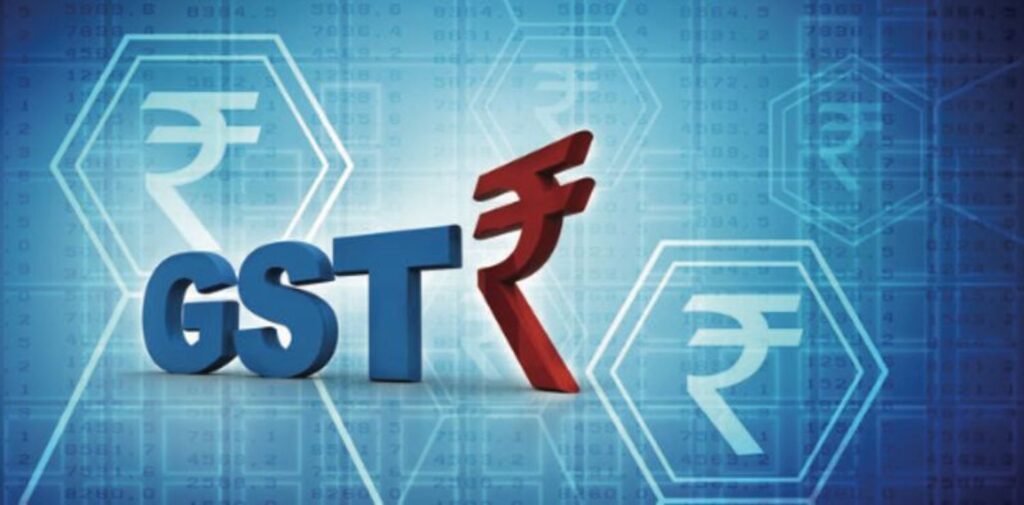
A Call for Reassessment
The real issue lies in the government’s need to reassess its definition of luxury. What may have been considered a luxury in the past, such as health insurance or motorcycles, has become a necessity in modern India. The high GST rates on essential goods create barriers to progress, particularly for low- and middle-income families who are already struggling with rising costs of living.
India is at a critical juncture in its development, and taxation policies like GST play a significant role in shaping its future. While the need for tax revenue is undeniable, it is equally important to ensure that tax policies do not disproportionately impact the most vulnerable sections of society. The government must consider revising the GST slabs to reflect the changing realities of the Indian population, ensuring that essential goods and services are not treated as luxuries.
Conclusion: GST on Important Items
The current GST structure, which imposes high taxes on essential items like mineral water, health insurance, cement, and motorcycles, reflects a flawed understanding of what constitutes luxury in India. For millions of people, these items are not extravagances but necessities that directly impact their quality of life. As the country moves forward, it is crucial for policymakers to realign their taxation approach to support the needs of the population, ensuring that essential goods are accessible and affordable for all.

